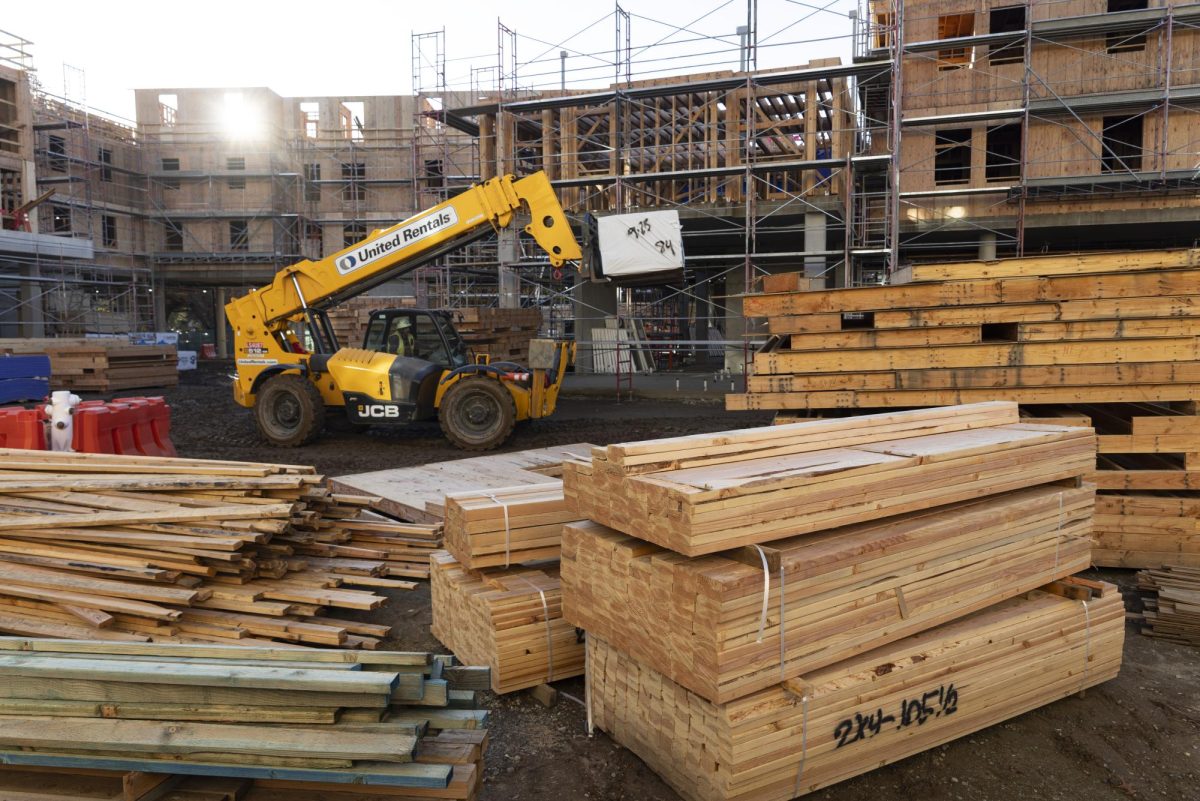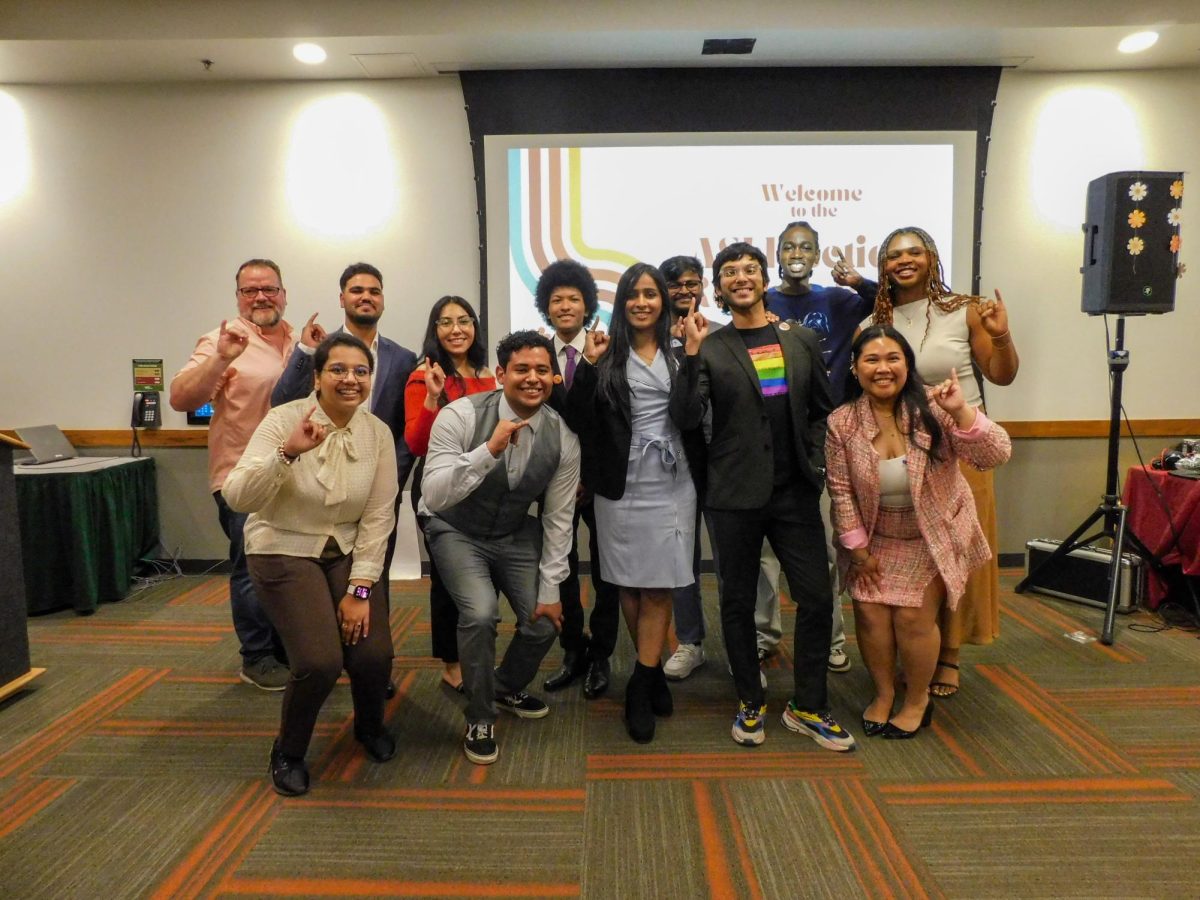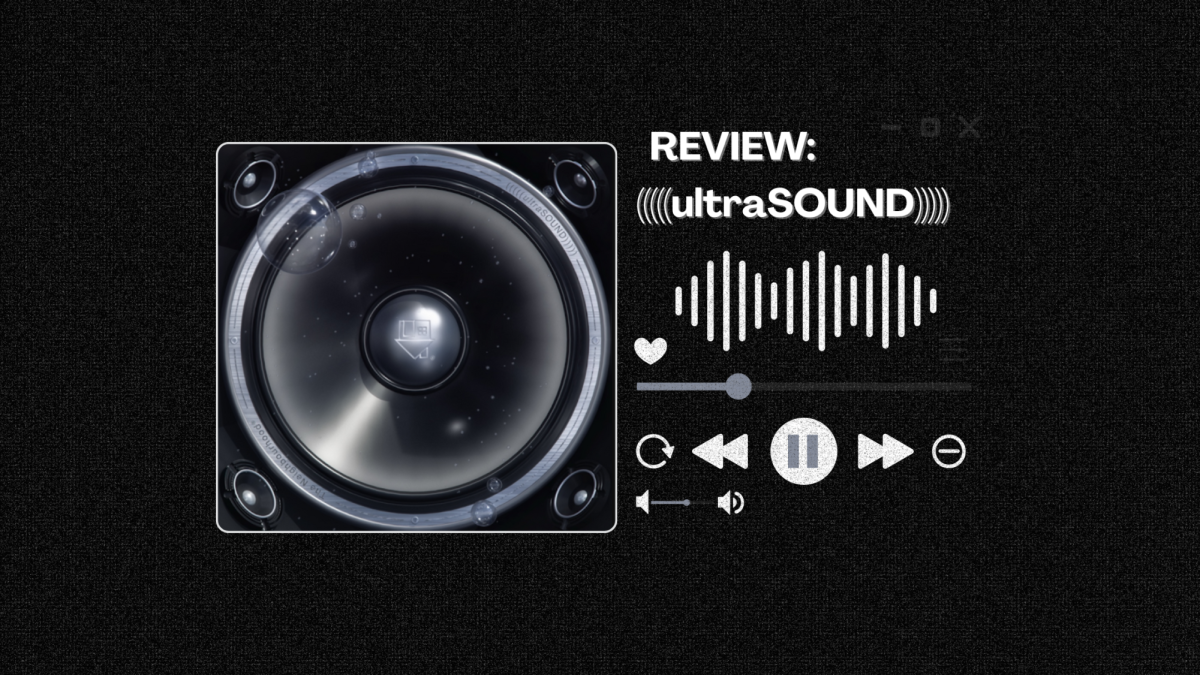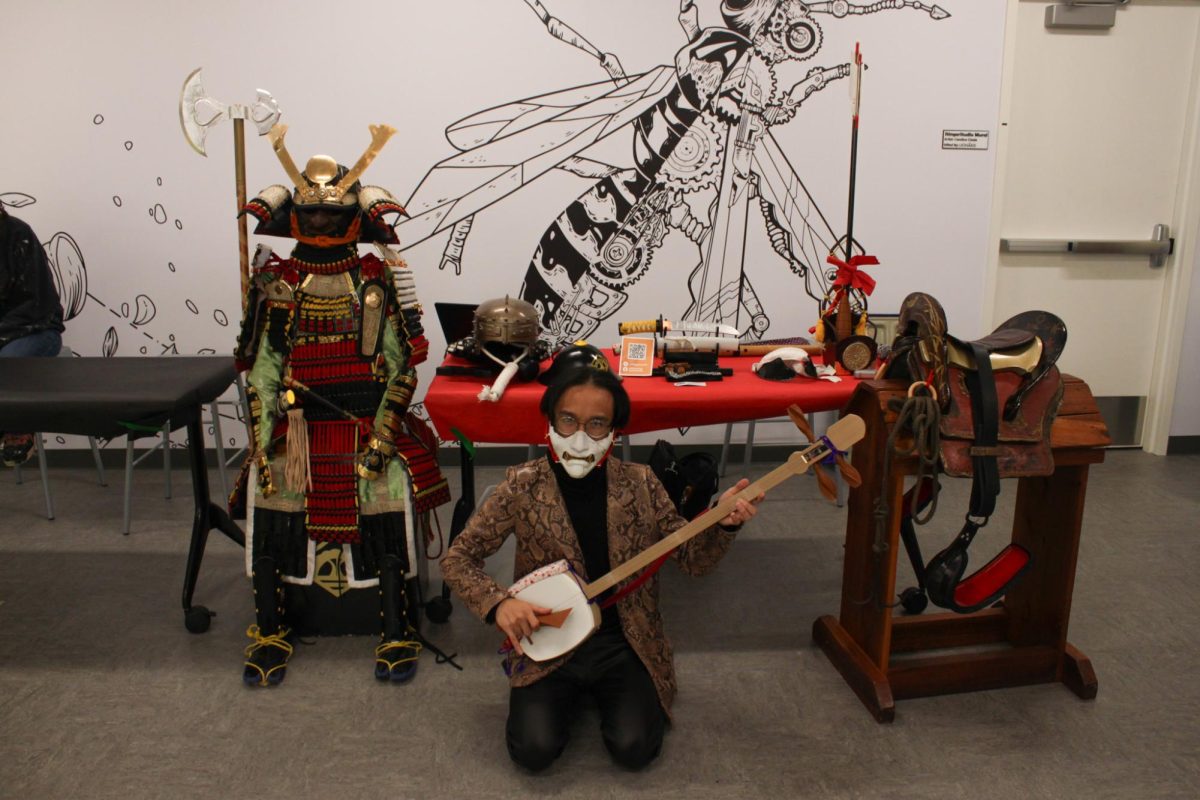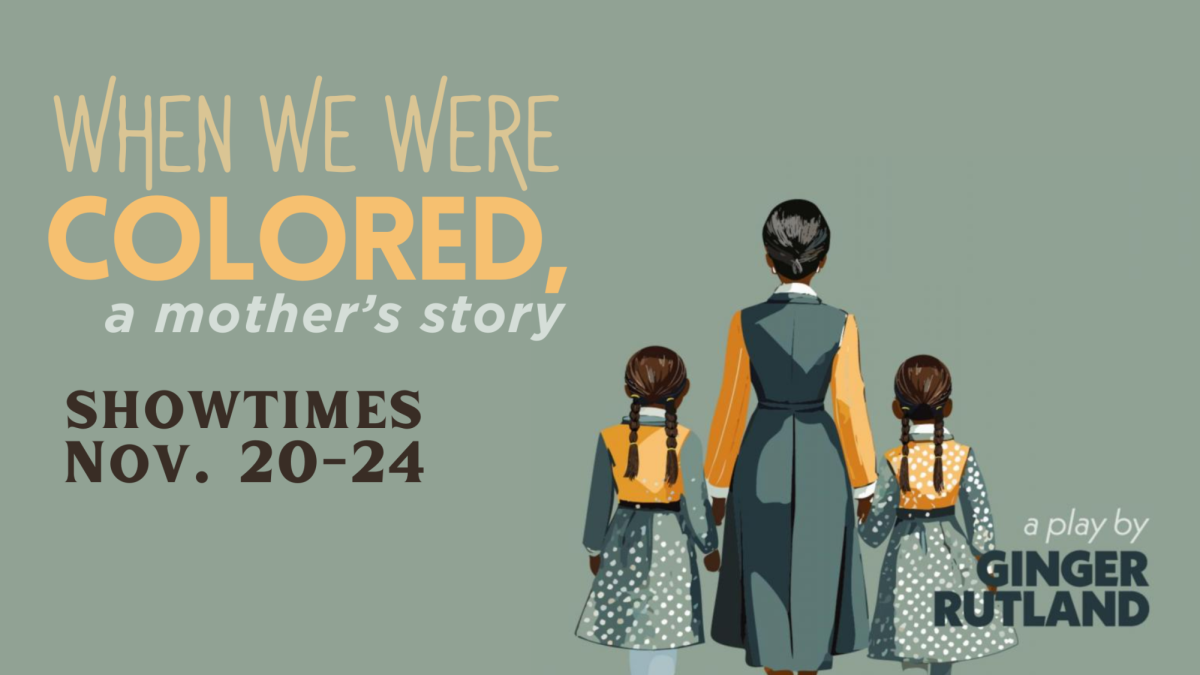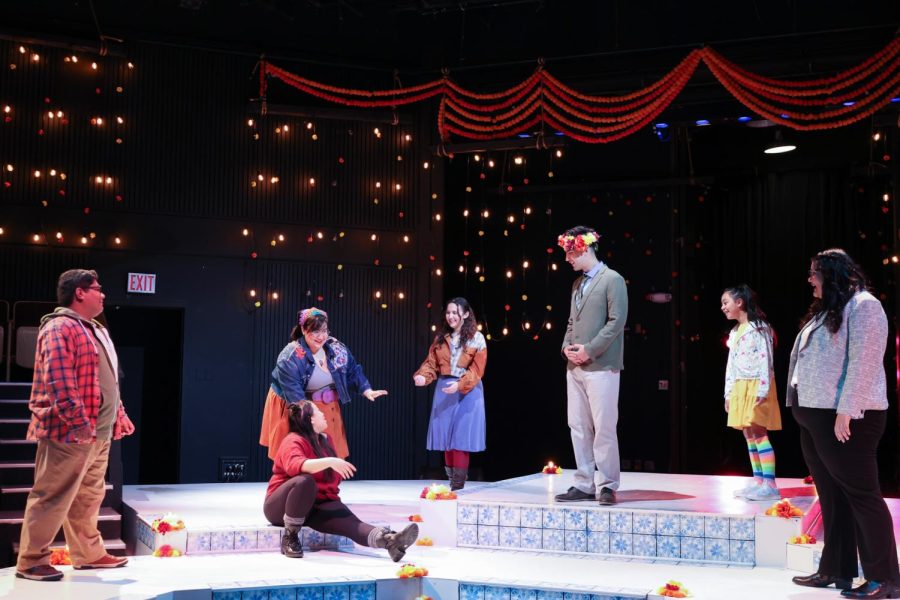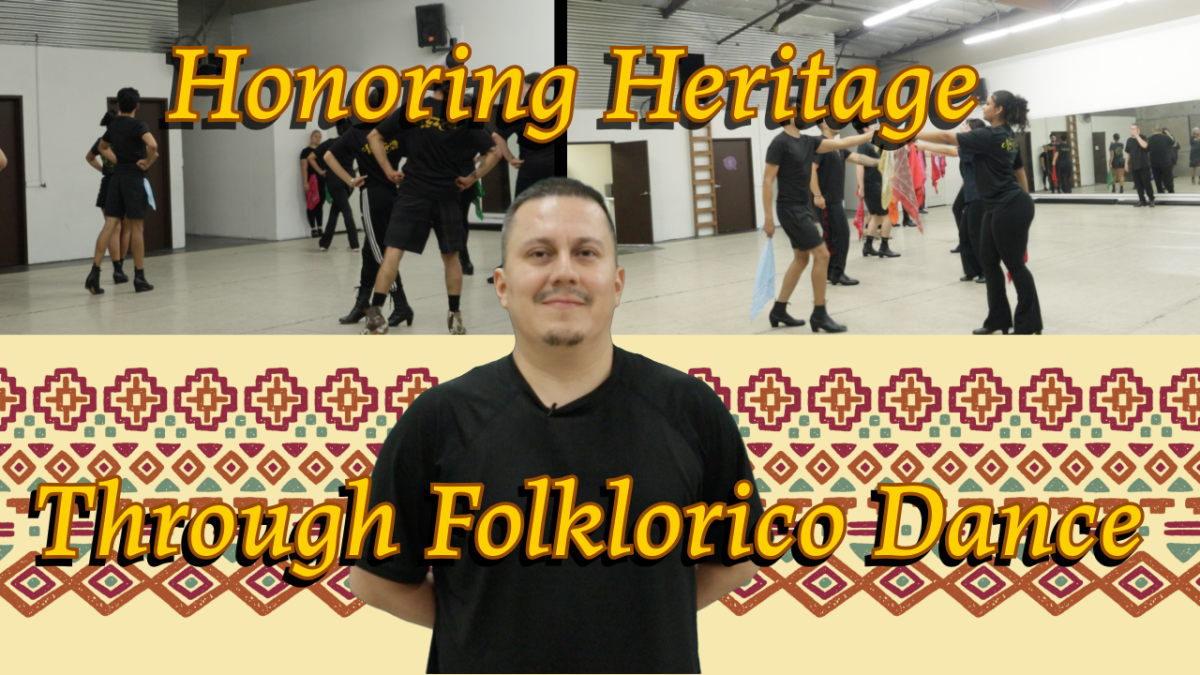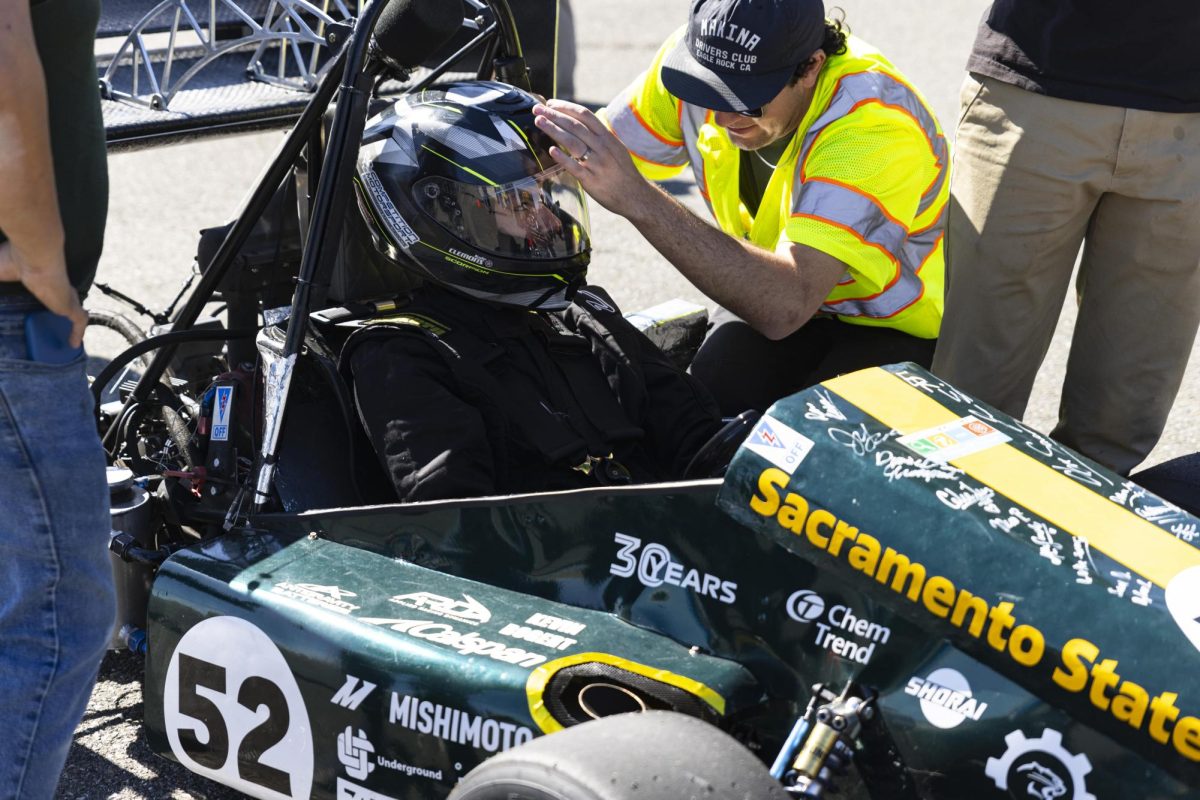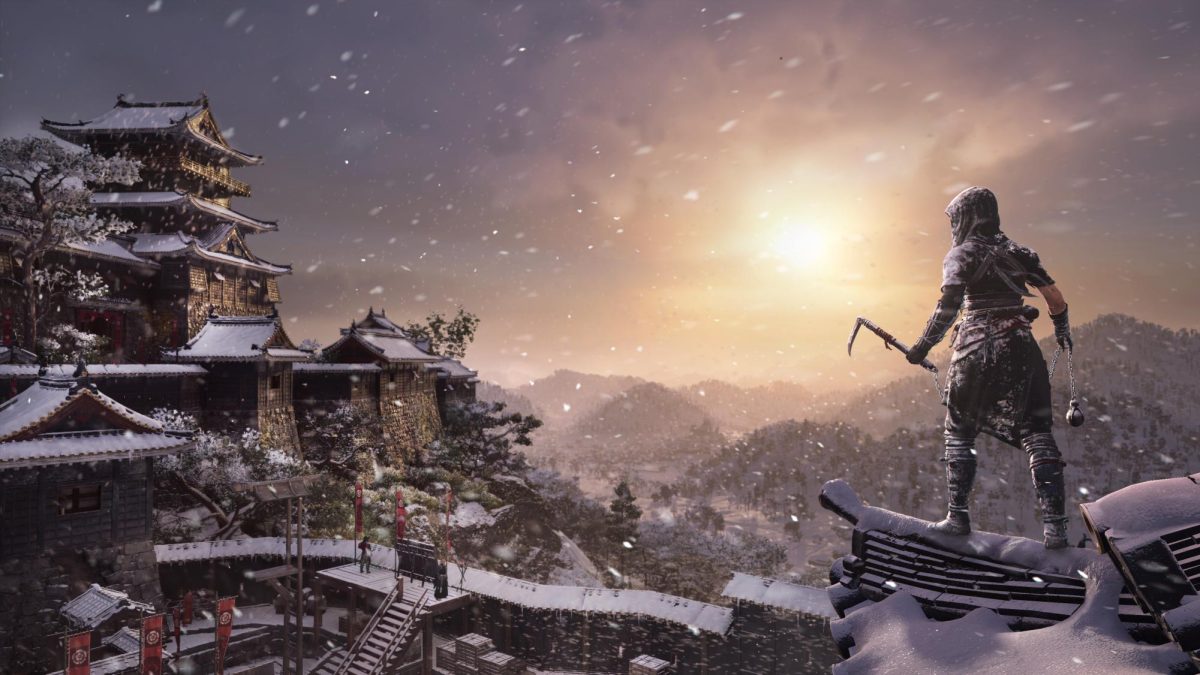It takes nearly an hour and a half of gameplay and cutscenes before “Assassin’s Creed: Shadows” lets you explore the country of Japan un-bound by invisible walls. However, that time isn’t necessarily wasted.
With well written dialogue and moving story moments it provides important context for the adventure you are about to embark on as a player, but with so many cutscenes it does feel more ‘tell’ than ‘show’ at times.
While initially you are put in the role of Yasuke, an African samurai in service of Lord Oda Nobunaga, the game quickly switches you into the role of Naoe, a young shinobi whose home has been razed by Nobunaga and, by extension, Yasuke.
While “Assassin’s Creed” games have always been known for employing the use of historical figures as characters, Yasuke marks the first time you have been able to play as a historical figure. Yasuke is an actual man who served Nobunaga as a samurai during the Sengoku period in Japan.
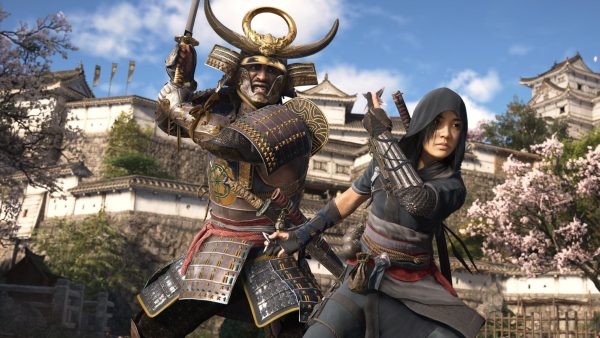
A feature that technically returns in this game is two playable characters. While in the past the more roleplaying game heavy Assassins Creed games have tended to let you pick between a female or male character in the beginning. The only game that has had a similar mechanic is 2015’s “Assassin’s Creed: Syndicate.”
With the two character system, “AC: Shadows” solves an issue the recent installments in the series have had, that being the crossover between being a stealthy assassin or a fierce warrior. On one hand the games are about assassins, but on the other hand, the newer RPG system the games use call for open combat more frequently.
In “AC: Valhalla”, the open combat felt great but the stealth mechanics were not. One might even say bad. In the most recent game prior to Shadows, “Assassin’s Creed: Mirage,” the stealth was fantastic, but as soon as you were caught in open combat, the guards could quickly overwhelm you.
RELATED: Console the rainy day blues with these 10 cozy games
In “AC: Shadows,” both the combat and stealth feel great, because you’re using different characters. Need to infiltrate a castle and assassinate a powerful Daimyō without anyone knowing? Switch to Naoe who can move quickly through shadows and leap from high buildings with ease.
Need to mount a full attack on a fortress and take out large swaths of soldiers? Switch to Yasuke who is essentially a walking arsenal and can charge directly through locked doors.
Another thing that is immediately apparent is how much time and care went into creating the game world itself. “AC: Shadows” is the first game that makes use of the newly upgraded Anvil Engine, Ubisoft’s flagship proprietary game engine. Thanks to the upgrade, the level of detail with which they were able to render feudal Japan is staggering.
With sparkling oceans, dynamic weather systems, changing seasons and large boats that move on regular paths through the water.
Shadows continues to innovate in how it handles the inclusion of the modern day. “Assassin’s Creed” games have long had a meta narrative running behind most of the games which follows a character in the modern day using a machine called the Animus to relive the memories of an ancient person to solve some sort of modern day crisis.
“AC: Shadows” on the other hand presents the modern day story to you in much more digestible, occasional cutscenes or segments that drop small hints that there may be something larger at play.
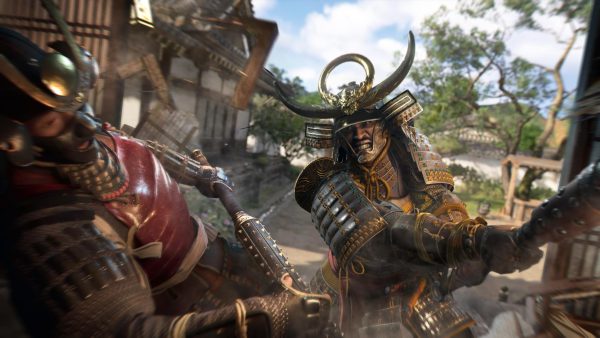
While these portions of the game are refreshing changes and features, in other regards the game fails to deliver. The overall story is not necessarily disappointing, but it doesn’t do anything new.
Although there are interesting and deep moments of character growth, the story feels much like past “Assassin’s Creed” games. You are tasked with hunting down members of a shadowy organization with aspirations of world domination. This time it simply has a new, albeit beautiful, skin on it.
It is definitely fun hunting down targets who each have their own little gimmick, but that can only go so far before it loses its luster.
“AC: Shadows” faces another issue that fans familiar with the past few games will remember. The game is big, and while this isn’t a bad thing, the amount of information the game gives you is overwhelming at times. Quickly filling your active quest list with objectives all over the map and pulling your attention in every direction at once.
While these negatives may drag on the game at times; the gameplay, graphics and characters make for an overall great experience. In fact it might even be the best of the modern RPG entries to the franchise.
The power of the new and improved Anvil Engine is clear to see in the detail they were able to give the in-game world. It simply would have been nice to see Ubisoft innovate on more parts of this beloved franchise.


